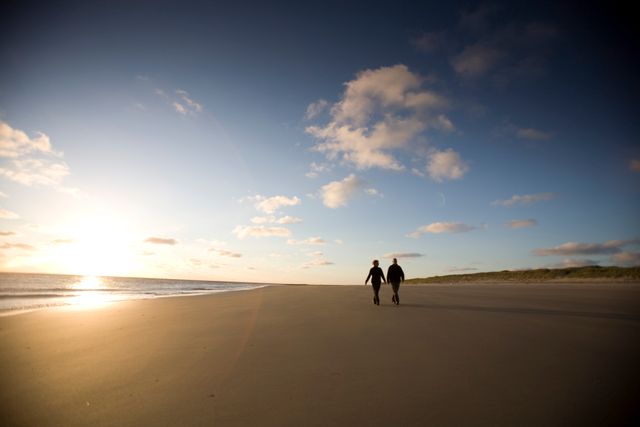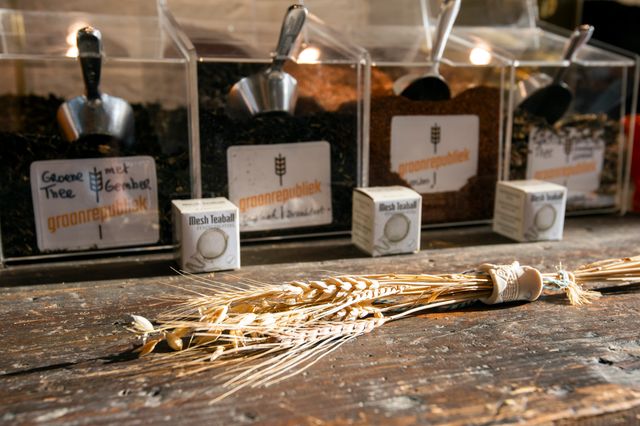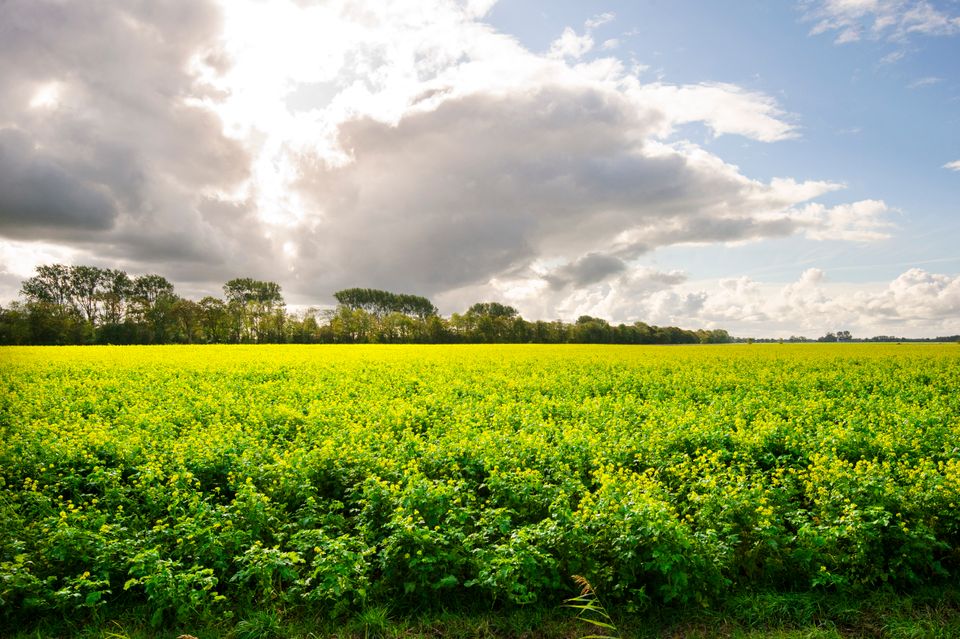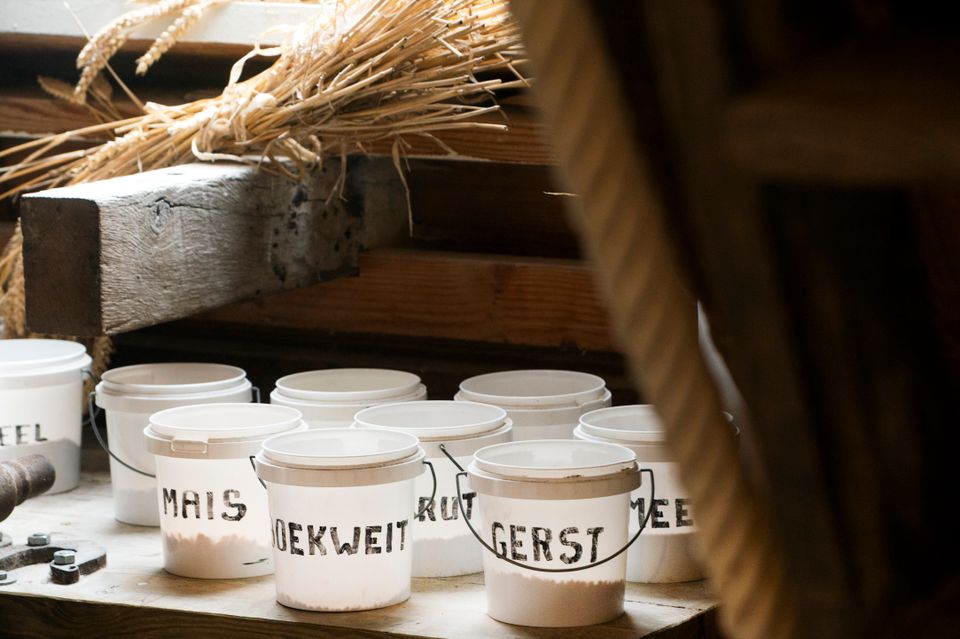Treasure-trove in the sand
Agriculture is back in style on Ameland. Potatoes, mustard seed and rye all thrive in sandy soil. The new potatoes from De Suihoek are especially highly desirable. So plan accordingly.
Boring old potatoes? Then you haven't tasted the sand potatoes De Suihoek near Nes. Curious? Don't wait too long because there's a limited supply and they're going like, well, hot potatoes.
Another Amelander Produkt worth a cycling detour is: the mustard from De Verwachting in Hollum. In this grain and mustard mill you won't just see how different flavours of mustard are made; you can also taste it.
Nes also has a mill: De Phenix. The name gives it away, it was built on the same spot as its predecessor which burned to the ground. De Phenix is an old grain and hulling mill from 1880 where Amelander rye is still being ground today. You can't do any sampling here but you certainly can at the Georg de Jong bakery where they use it to make traditional Amelander rye bread. No anti-acidification is added so eat it up quickly, with Amelander cheese!
Making mustard
The current tower mill was built in 1988, partly reconstructed and partly completely new, on the spot where the old grain mill De Verwachting stood until1949 in the Ameland village of Hollum. The oldest part of the mill is now the reception and shop. When you enter the mill you'll be surprised to see absolutely no evidence that the mill was rebuilt so recently.
The mustard seeds are sown very close together to prevent weed growth. No chemicals or pesticides are used. Mustard seed is a cruciferous vegetable and member of the genus Brassica, just like cabbages and even the cuckoo flower. A beautiful sight when their bright yellow flowers are in bloom. After harvesting the seeds are cleaned, any weeds are removed and then they are dried.
The wet production method is used to make wholegrain mustard. Mustard seeds contain oil. They are ground three times and turned into a paste.
The seeds are ground using traditional methods on Ameland; with millstones made of basalt lava, so 100% natural. There is air in the stones and the seeds are squashed by the ridges and indentations on the surface. The grinding process takes two hours. The stone is cleaned meticulously afterwards. This also takes two hours. The mustard seeds are left to soak in vinegar and salt for 48 hours to 12 weeks, depending on the variety.
The ratios are:
6,400 grammes of mustard seeds
13.5 litres of water
4.5 litres of vinegar
500 grammes of salt
This results in an organic, sustainable and natural product without any additions. Water for the mustard production comes from the dunes, so you can't get any more natural than that. The only thing not from the island is the vinegar, which is bought from a factory on the mainland. So this is a natural product with only the occasional special ingredient, such as honey, blackberries or buckthorn being added to give the mustard an extra unique flavour.
From Smaak van de Wadden Annette van Ruitenburg
Discover more
-
Ameland
Ameland

-
Taste of the Wadden
Taste of the Wadden




